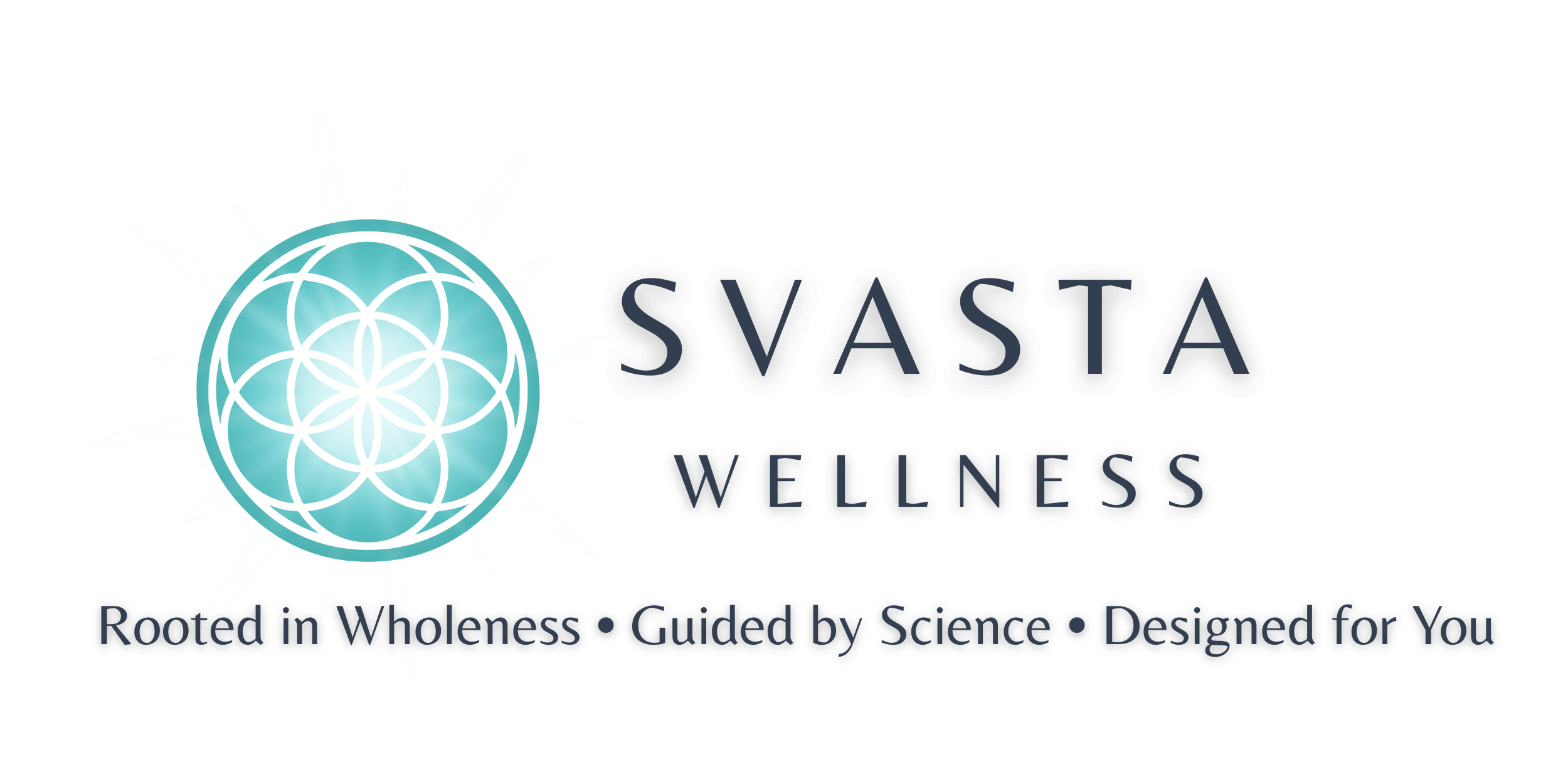
Sleep should be one of our most natural biological rhythms. Yet for many midlife women, sleep feels elusive. According to research, about 30% of the adult population struggles with insomnia, and 10% meet the criteria for chronic insomnia—difficulty falling asleep or staying asleep at least three nights per week for over three months [1]. Worse yet, 13% of U.S. adults rely on prescription sedatives to sleep, despite growing concerns about dependence and long-term effects [2].
If sleep is our most basic human reset mechanism, why are so many of us failing at it?
Modern Life is a Circadian Disruptor
To understand why we can’t sleep, we first need to understand what we’ve done to our internal biological clocks.
Sleep isn’t just about being tired. It’s orchestrated by two complex systems:
- Sleep-wake homeostasis (which builds pressure to sleep the longer we’re awake), and
- The circadian rhythm (our 24-hour internal clock that regulates sleep and many other physiological processes).
Both systems are influenced heavily by light exposure, hormone secretion, body temperature, mental activity, food timing, and stress levels, all of which have been completely distorted by modern life.
In natural conditions, early morning sunlight triggers cortisol and serotonin, which later convert to melatonin, the sleep hormone, after sunset [3]. But for most women today, exposure to artificial light, lack of morning sun, screen time at night, erratic eating patterns, and chronic stress keep the nervous system stimulated and the body out of sync with its natural sleep rhythms.
Types of Insomnia: Which One Do You Have?
Understanding your specific pattern of sleeplessness can help target solutions more effectively.
| Type | Description | Common Triggers |
|---|---|---|
| Sleep Onset Insomnia | Difficulty falling asleep | Racing thoughts, blue light at night, caffeine, anxiety |
| Sleep Maintenance Insomnia | Waking up in the night and struggling to return to sleep | Hormonal fluctuations, blood sugar drops, depression, pain |
For midlife women, hormonal shifts during perimenopause and menopause are a major trigger for sleep maintenance insomnia, often linked to declining progesterone (a natural sedative) and fluctuating estrogen levels that affect temperature regulation, mood, and stress response [4].
The Real Root of Insomnia: Your Body Isn’t Ready to Sleep
Insomnia isn’t always about not trying hard enough to sleep. More often, it’s because your body and mind haven’t received the cues they need to enter rest mode.
Common disruptors:
- Lack of natural morning sunlight
- Blue light and screen exposure after sunset
- Late-night eating or heavy meals
- Overactive mind due to work, scrolling, or worry
- Intense evening exercise that raises cortisol
- Stress hormones that never get a chance to come down
In midlife, when sleep is already more fragile due to hormonal changes, these disruptors have an amplified effect. And the longer we push against our biological rhythm, the more dysregulated our sleep-wake cycle becomes.
The Stress-Sleep Cycle: A Vicious Loop
Midlife is also a time of heightened stress and responsibility, which creates a perfect storm for insomnia. Stress activates the hypothalamic-pituitary-adrenal (HPA) axis, leading to higher levels of cortisol, the “alert” hormone.
Here’s the catch: cortisol blocks melatonin production. So the more stressed you are, the harder it is to sleep—and the less you sleep, the more stressed your body becomes [5].
Poor sleep affects everything from:
- Mood and mental health
- Blood sugar regulation
- Hormone balance
- Weight gain and metabolic health
- Cognitive performance
- Immune function
- Cellular aging
Sleep is not a luxury, it’s a necessity. And the cost of chronic sleep deprivation is high.
What Works Better Than a Pill? The Return to Rhythm
While sleeping pills can be a short-term solution, they don’t address the root cause, and often come with side effects like brain fog, dependency, and poor sleep architecture.
The truth is, most women don’t need another pill.
They need a retraining of their circadian biology.
They need a retraining of their circadian biology.
Foundations of Sleep Hygiene for Midlife Women
- Morning light exposure: Go outside within 30–60 minutes of waking
- Nervous system downshifting: Meditation, breathwork, journaling in the evening
- Reduce blue light: Use warm light or blue light blockers 2 hours before bed
- Stop eating 3 hours before bed: Stabilizes blood sugar and digestion
- Create a wind-down ritual: No screens, no work, no arguments after sunset
- Use adaptogens & nutrients wisely: Consider magnesium glycinate, ashwagandha, or glycine if appropriate
The Ayurvedic View: Vata & Sleep in Midlife
In Ayurveda, midlife is a Vata-dominant time, associated with the qualities of air and space—think lightness, dryness, mobility, and instability. Vata imbalance leads to overactive thoughts, anxiety, restlessness, and—you guessed it—insomnia.
The solution? Re-establish rhythm, grounding, nourishment, and routine.
Sleep is not a switch you flip, it’s a process your body prepares for all day long.
Sleep isn’t a mystery. It’s biology, rhythm, and restoration.
And the good news is, your body still knows how to sleep; it just needs the right signals.
If you’re a woman in midlife struggling with sleep, the solution may be simpler and more natural than you think.
Let’s get you sleeping again.
Schedule your FREE Discovery Calland learn how to reset your rhythm with personalized coaching and science-backed tools.
References
[1] Morin CM et al. Prevalence of insomnia and its treatment in the general population. Sleep. 2006.
[2] Bertisch SM et al. Use of prescription medications for insomnia in US adults. Sleep Health. 2018.
[3] Foster RG. Life Time: The New Science of the Body Clock. Yale University Press, 2022.
[4] Polo-Kantola P. Sleep problems in midlife and beyond. Maturitas. 2011.
[5] Buckley TM, Schatzberg AF. On the interactions of the HPA axis and sleep: Normal vs. stress-related physiology. Endocrinol Metab Clin North Am. 2005.
[2] Bertisch SM et al. Use of prescription medications for insomnia in US adults. Sleep Health. 2018.
[3] Foster RG. Life Time: The New Science of the Body Clock. Yale University Press, 2022.
[4] Polo-Kantola P. Sleep problems in midlife and beyond. Maturitas. 2011.
[5] Buckley TM, Schatzberg AF. On the interactions of the HPA axis and sleep: Normal vs. stress-related physiology. Endocrinol Metab Clin North Am. 2005.

















0 Comments